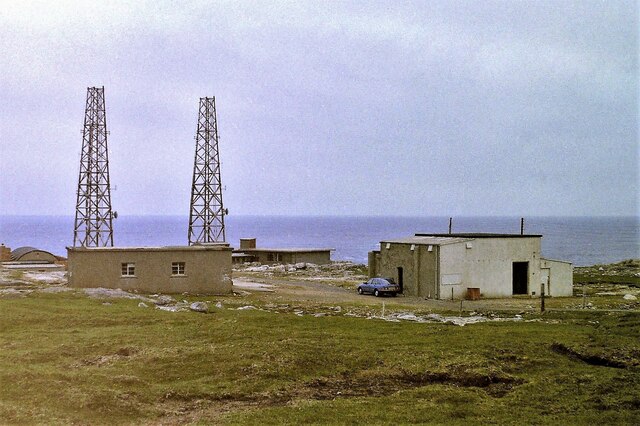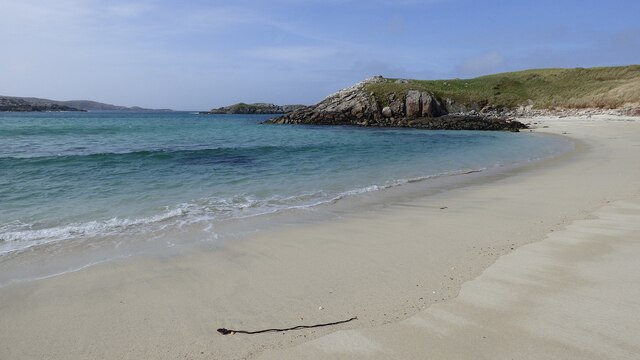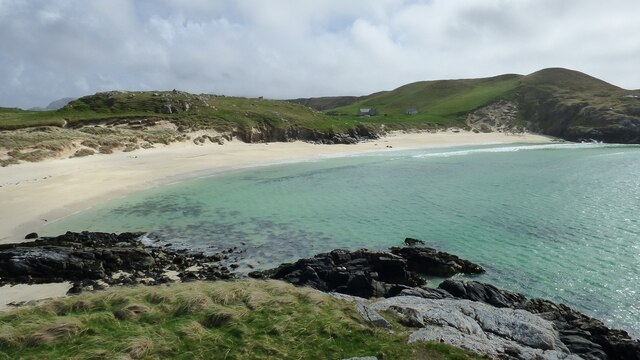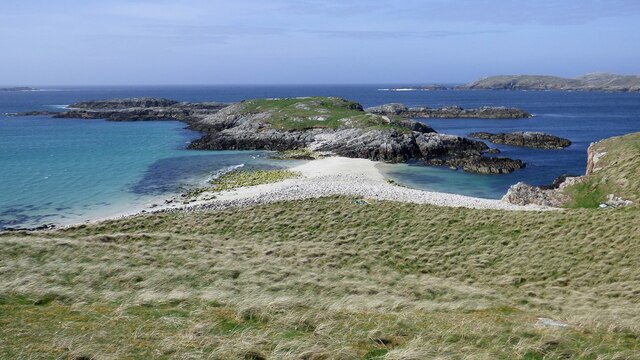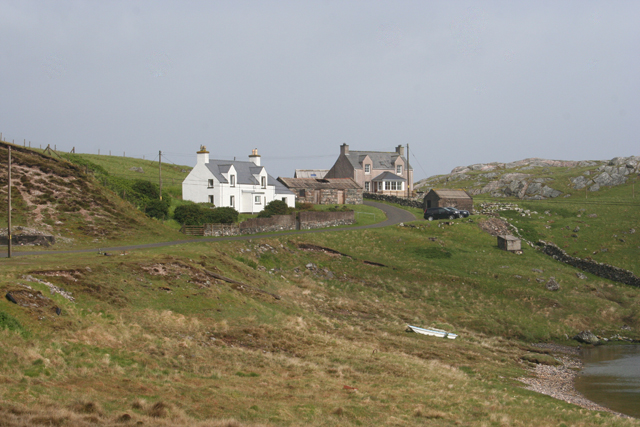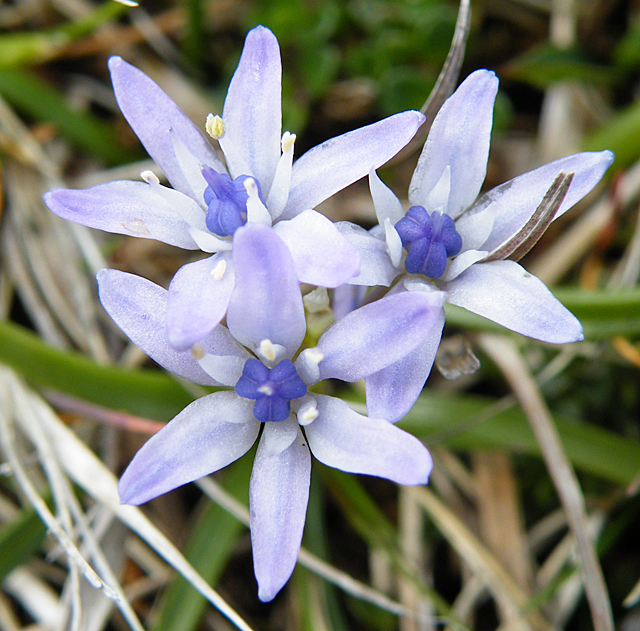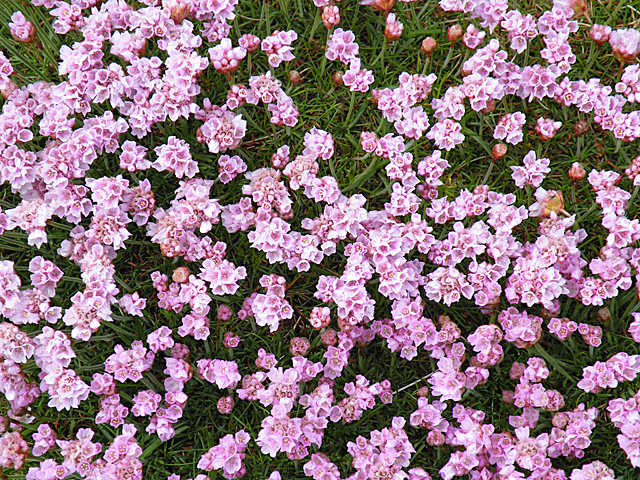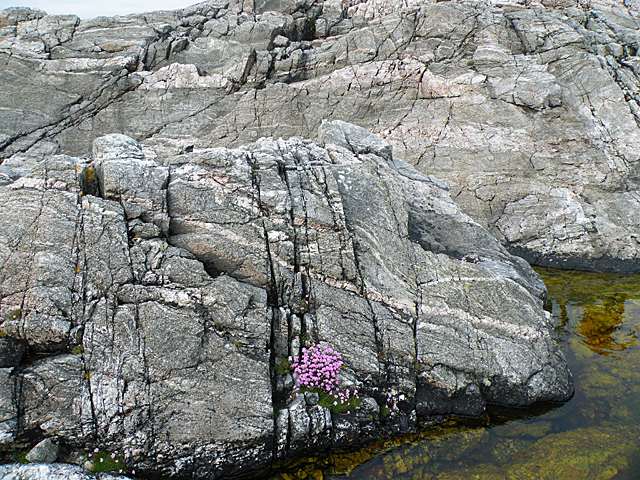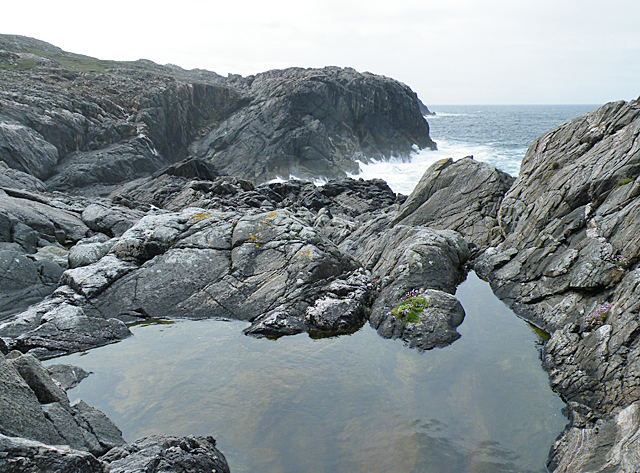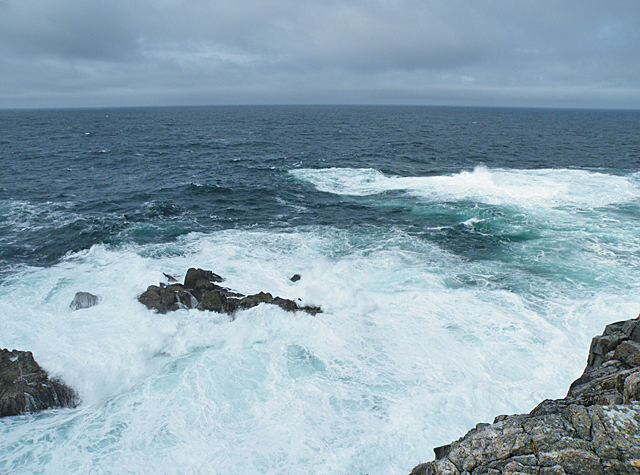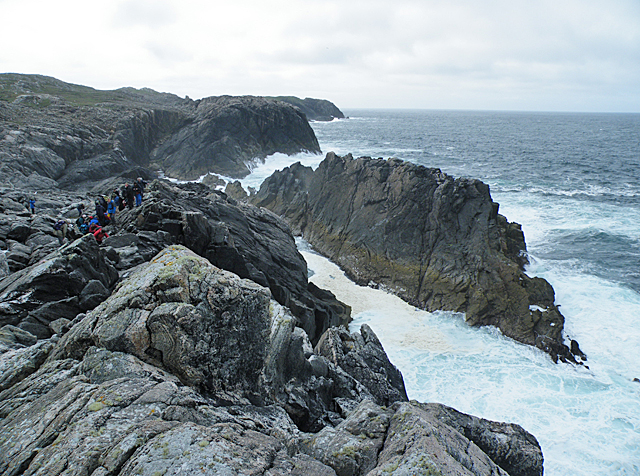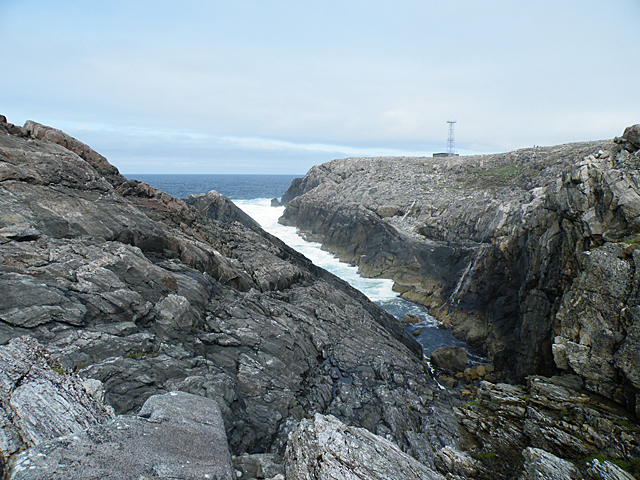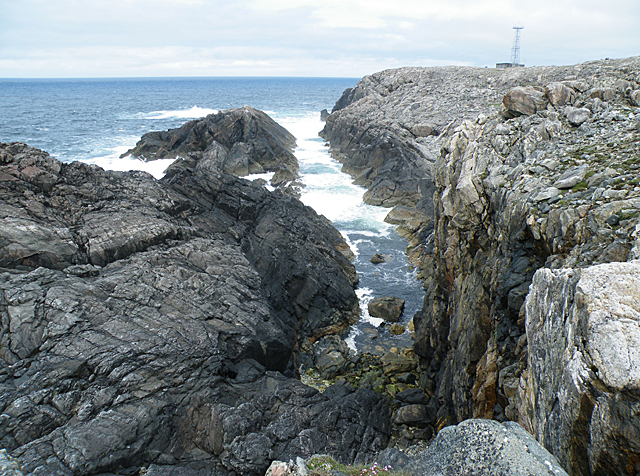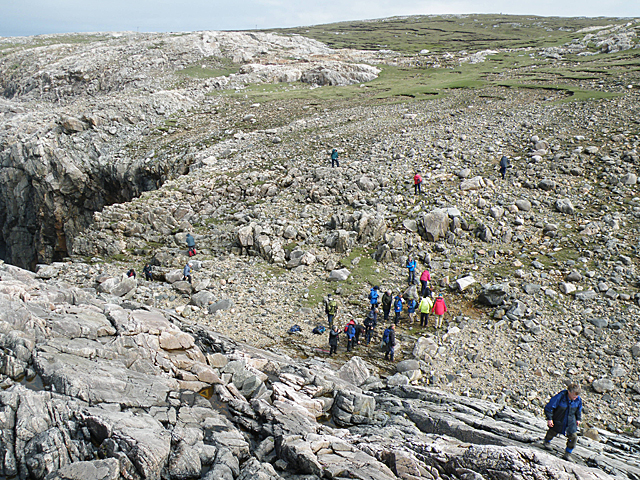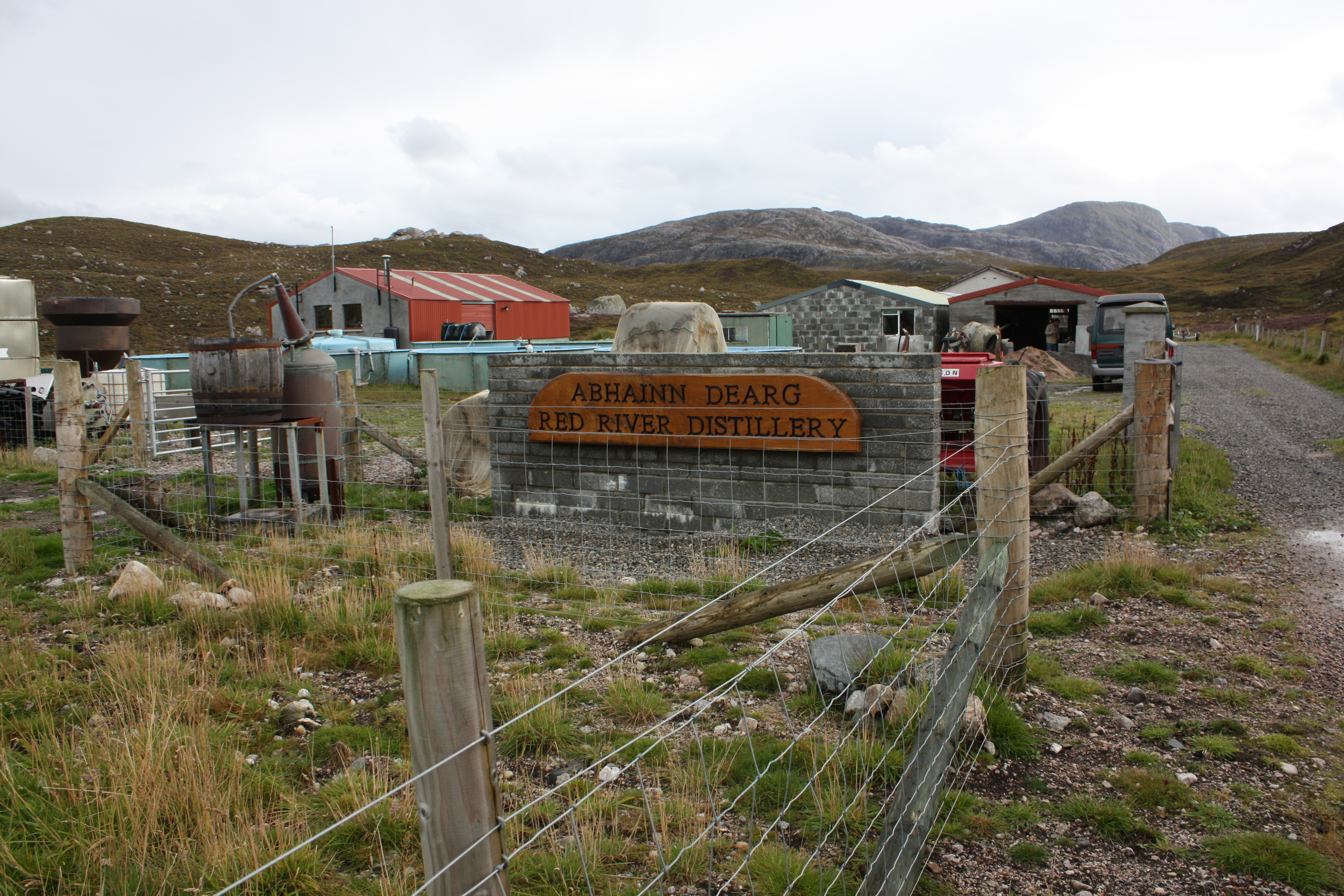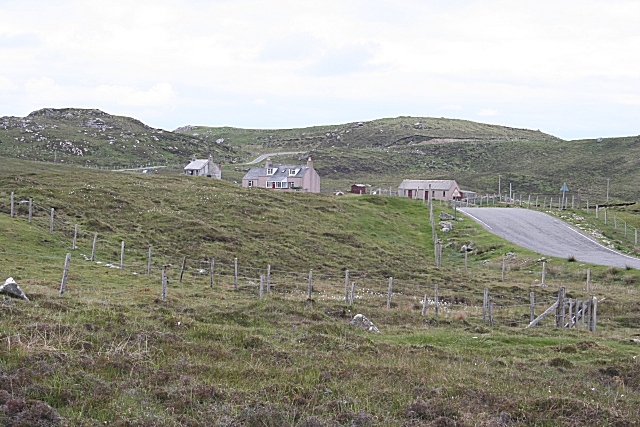Rubha Brataig
Coastal Feature, Headland, Point in Ross-shire
Scotland
Rubha Brataig
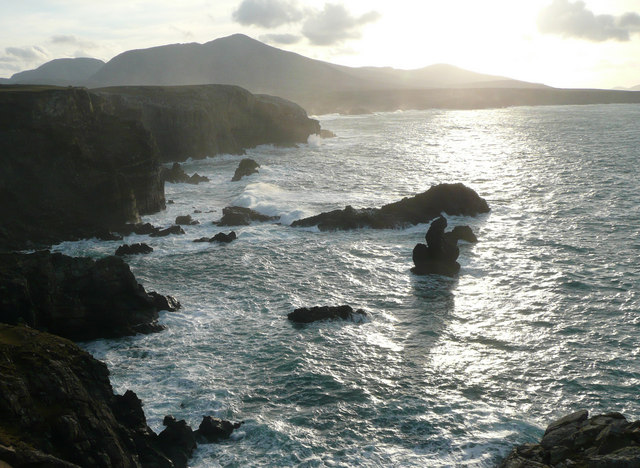
Rubha Brataig is a prominent headland located in Ross-shire, Scotland. Situated along the rugged coastline, it juts out into the North Atlantic Ocean, offering captivating views of the surrounding landscape. The headland is characterized by its rocky cliffs, which rise steeply from the sea, creating an impressive natural barrier against the crashing waves.
The area surrounding Rubha Brataig is rich in biodiversity, with a diverse range of flora and fauna. The headland is home to various seabird species, including gulls and cormorants, which nest on the cliffs and can be observed swooping above the water. The coastal waters around Rubha Brataig are also frequented by seals and dolphins, providing an excellent opportunity for marine wildlife enthusiasts.
The headland itself is accessible by a narrow footpath that winds along the cliff edge, offering breathtaking panoramic views of the ocean and the nearby coastal scenery. The path is relatively challenging, making it suitable for experienced hikers and nature enthusiasts seeking a more adventurous experience.
Rubha Brataig is a popular destination for outdoor activities such as hiking, birdwatching, and photography. Its rugged and wild beauty attracts visitors who are seeking a peaceful escape from the hustle and bustle of everyday life. Additionally, the headland's proximity to other notable landmarks, such as the nearby village of Gairloch and the famous Inverewe Garden, makes it an ideal stop for tourists exploring the area.
Overall, Rubha Brataig is a remarkable coastal feature that showcases the raw and untamed beauty of Scotland's coastline. Its dramatic cliffs, diverse wildlife, and stunning views make it a must-visit destination for nature lovers and adventure seekers alike.
If you have any feedback on the listing, please let us know in the comments section below.
Rubha Brataig Images
Images are sourced within 2km of 58.187258/-7.0826413 or Grid Reference NB0133. Thanks to Geograph Open Source API. All images are credited.
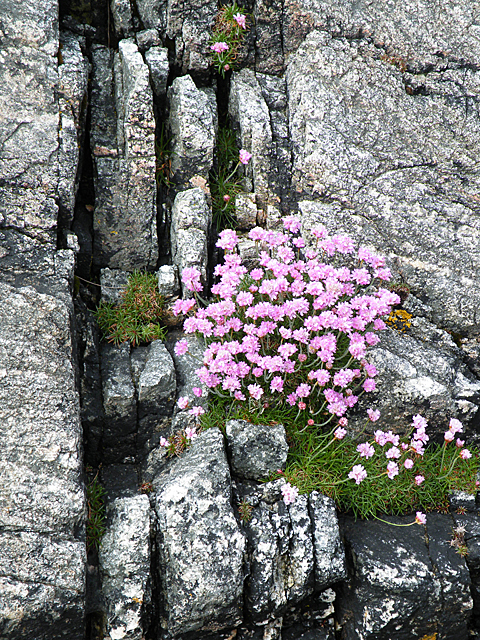
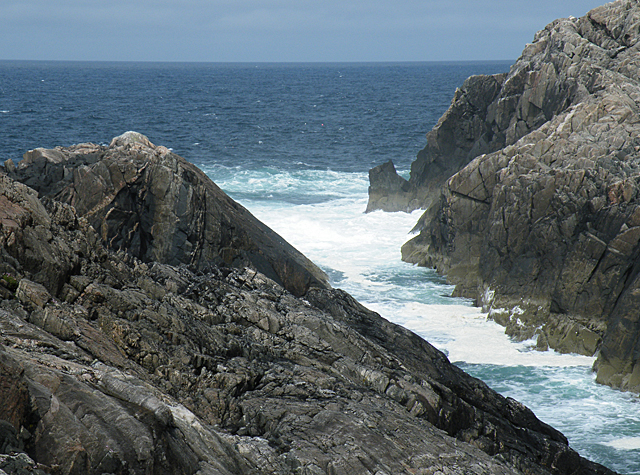

Rubha Brataig is located at Grid Ref: NB0133 (Lat: 58.187258, Lng: -7.0826413)
Unitary Authority: Na h-Eileanan an Iar
Police Authority: Highlands and Islands
What 3 Words
///fled.email.shun. Near Carloway, Na h-Eileanan Siar
Related Wikis
Stac Dhòmhnaill Chaim
Stac Dhòmnuill Chaim, or Stac Dhòmhnaill Chaim, or Stac Domhnuill Chaim, is a fortified promontory located near Mangursta (or Mangersta, Scottish Gaelic...
Abhainn Dearg distillery
Abhainn Dearg distillery ( AV-in JAIRG) or Red River distillery is a Scotch whisky distillery in Uig, on the west coast of the Isle of Lewis in the Outer...
Ardroil
Ardroil (Scottish Gaelic: Eadar Dhà Fhadhail) is a village on the Isle of Lewis in the Outer Hebrides, Scotland. Ardroil is within the parish of Uig....
Uig, Lewis
Uig (Scottish Gaelic: Ùig [uːkʲ]), also known as Sgìr' Ùig, is a civil parish and community in the west of the Isle of Lewis in the Outer Hebrides, Scotland...
Have you been to Rubha Brataig?
Leave your review of Rubha Brataig below (or comments, questions and feedback).
